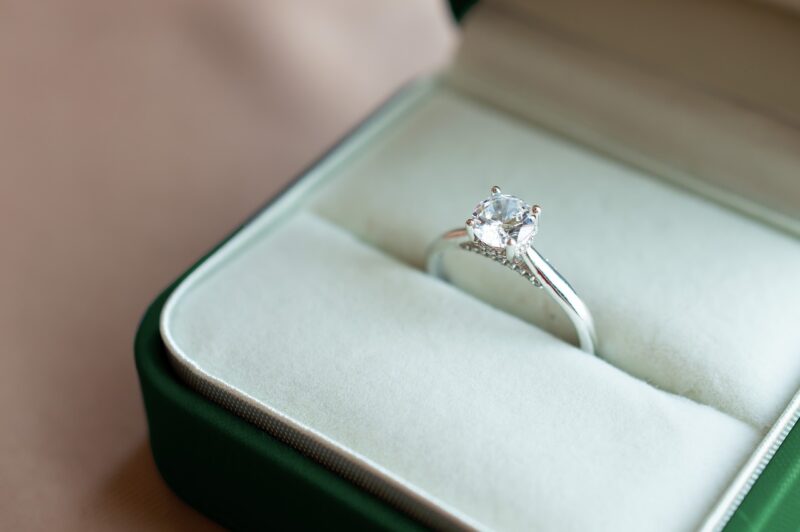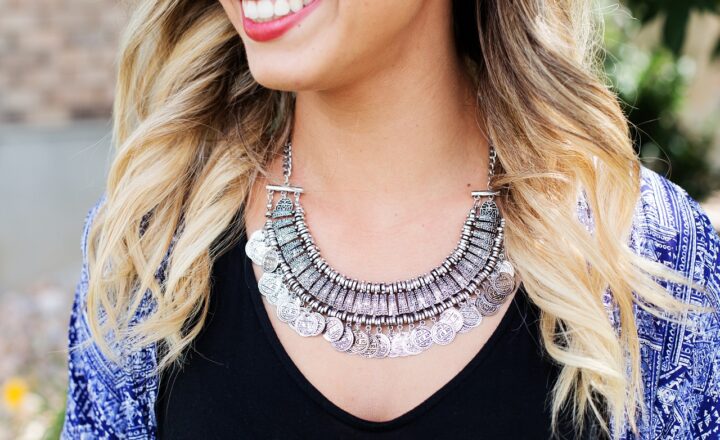The Astonishing History of Jewelry and How Certain Pieces Became Symbols of Power, Love, and Wealth
November 17, 2024

Jewelry has captivated humans for thousands of years. From simple beads made of shells to exquisite diamond-studded masterpieces, the history of jewelry is intertwined with the evolution of human civilization. Over the centuries, jewelry has transcended mere decoration to become a representation of power, love, and wealth. In this article, we dive deep into the astonishing history of jewelry and explore how certain pieces have become enduring symbols of significance.
1. The Ancient Origins of Jewelry
The origins of jewelry can be traced back to prehistoric times, where early humans adorned themselves with natural objects found in their environment. In places such as ancient Egypt, Mesopotamia, and the Indus Valley, jewelry took on more sophisticated forms.
– **Prehistoric Beads:** The oldest known jewelry dates back to around 25,000 BC, when early humans created beads from shells, bones, and stones, sewn onto clothing or worn as necklaces.
– **Egyptian Treasures:** The Egyptians crafted jewelry using gold, turquoise, and lapis lazuli. Symbols like the ankh represented life and the scarab beetle symbolized rebirth.
– **Mesopotamian Artistry:** In ancient Mesopotamia, jewelry became a display of wealth and craftsmanship, with intricate designs in gold and silver.
The significance of jewelry in these early civilizations laid the groundwork for its symbolism and status in future cultures.
2. Jewelry as a Symbol of Power
Throughout history, jewelry has been used to signify power and authority. Rulers and nobility adorned themselves with impressive pieces that demonstrated their wealth and influence.
– **Crown Jewels:** In many cultures, crowns and tiaras worn by monarchs are not merely ornamental; they embody the legitimacy and power of the rulers. The British Crown Jewels, featuring the stunning Imperial State Crown and the Koh-i-Noor diamond, symbolize centuries of monarchy.
– **Regalia and Ceremonial Pieces:** The ceremonial regalia of kings and queens, such as scepters and orbs, often incorporate precious stones and metals, affirming their divine right to rule.
– **Military Medals and Decorations:** Jewelry takes a new form as medals and ribbons awarded for acts of valor and leadership in military history.
These pieces underscore how jewelry can be a visual representation of dominance and prestige.
3. Expressions of Love: Engagement Rings and Bridal Jewelry
Jewelry has long been associated with love and commitment, particularly in the realm of engagements and weddings. The engagement ring, in particular, is a notable example of how jewelry symbolizes romantic devotion.
– **The Tradition of Engagement Rings:** The custom of giving engagement rings to signify a promise of marriage dates back to ancient Rome. It wasn’t until the 15th century that the diamond engagement ring gained popularity, when Archduke Maximilian of Austria gifted one to Mary of Burgundy.
– **Bridal Jewelry:** Across cultures, brides adorn themselves with intricate jewelry to signify their new status. In Hindu traditions, bridal jewelry, called ‘Solah Shringar,’ consists of 16 pieces that embellish the bride completely.
– **Generational Significance:** Family heirlooms passed down through generations have become cherished tokens symbolizing love and unity, preserving family history alongside personal stories.
Jewelry is not only a adornment but a powerful symbol of emotional connection and commitment.
4. Jewelry as a Signifier of Wealth and Status
The association of jewelry with wealth and social status has been pervasive across cultures throughout history.
– **Gold and Precious Gemstones:** Precious metals such as gold and silver, along with gemstones like diamonds, emeralds, and sapphires, have long been coveted for their rarity and beauty. They represent economic status, with wealth often measured by the amount and type of jewelry owned.
– **Cultural Indicators:** In many cultures, specific jewelry holds particular significance. For instance, in certain African tribes, intricate beaded jewelry is indicative of social standing, age, and even marital status.
– **The Modern Luxury Market:** Today, renowned brands like Cartier and Tiffany & Co. remain synonymous with luxury, crafting exclusive pieces that cater to the wealthy elite.
These manifestations reflect how jewelry remains a prominent marker of status and influence in society.
5. Jewelry in the Modern Era: Trends and Innovations
In contemporary times, jewelry continues to evolve, reflecting changing social values, technological advancements, and fashion trends.
– **Sustainable Jewelry:** The rise of ethical consumerism has led to an increasing demand for sustainable and ethically sourced jewelry. Brands now promote products that are conflict-free and environmentally friendly.
– **Technological Innovations:** Advances in technology have allowed for the creation of lab-grown diamonds and synthetic gemstones, providing affordable alternatives that do not compromise on quality.
– **Fashion Statements:** Jewelry is increasingly used as a form of self-expression, transcending traditional meanings. Minimalist designs, statement pieces, and personalized jewelry embody the individual’s identity, desires, and values.
Modern jewelry now serves as a canvas for creativity, bridging the gap between tradition and innovation.
Conclusion: The Enduring Significance of Jewelry
Jewelry will always hold a special place in human history. From its ancient origins to its role as modern-day expressions of love, power, and wealth, jewelry continues to fascinate. It embodies personal stories, cultural narratives, and societal values, serving as a medium through which individuals convey their identities.
As we explore the vast world of jewelry, it becomes clear that every piece, whether meaningful heirloom or exquisite design, carries with it a rich history and profound significance, transcending time and space. Jewelry remains a testament to our shared human experiences and our innate desire to adorn ourselves with beauty and significance.






